Recording Tips
Due to advancements in technology, a lot of artists and producers are deciding to do their own recordings at home studios.
If you are doing this, attention must be given to how the recordings are done. The mix starts with a good recording, so it’s very important. You can’t just throw a microphone in front of an amp and hope for the best. I strongly suggest you do some in depth research in to how record properly.
Not only should you use the best equipment available to you, you should also pay attention to the room and room treatment the recordings are done in.
Below are some tips and things to be aware of depending on which instrument you are recording. The points mentioned are the things that cause problems in the mix.
If you are having the recordings tracked at a professional recording studio, many of these points will be irrelevant, as they should already be doing things properly. However, there are some personal things that are down to you, so have a look at the section anyway.
Vocals

- Use a pop sheild
- Use the best microphone you can
- Make sure the recording is done in a completely dead environment
- Record at a correct level (not too loud nor too quiet)
- Avoid too much headphone spill
- Warm up and get the best performance possible
- Sing in tune (or buy a tuning add on)
Backing Vocals

- Everything that’s applicable to the vocals is also applicable to the backing vocals.
- You can merge varios backing vocals together as one stereo file if you are confident in what you are doing.
- If you’re not confident, then don’t risk it, send each as a separate file.
- I can’t tune them if they’ve been pre-merged by you.
Synths and Keys
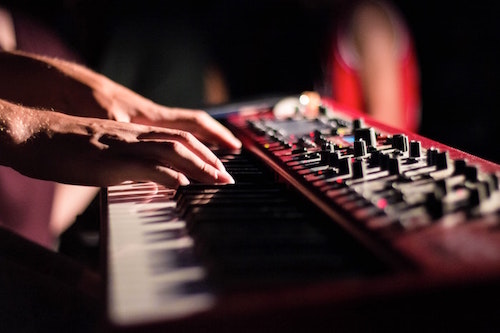
- Turn of the built in reverbs and delays unless they’re a fundamental part of the sound. We want to avoid too many different ambient reverbs in the mix.
- Make sure there is no ground hum or crackles from the device wiring.
- Record at a correct level (not too loud nor too quiet).
- You can send me the midi file if you don’t have a good sounding plugin and I can select a good one at my end (eg Piano).
Guitars

- You can record a guitar amp with one or more mic’s. Do some research for the best options and mic positions.
- If you’re blending the mic’s together yourself, make sure they’re in phase.
- Even if you’re recording an amp, always record a DI (Direct from your guitar) at the same time.
- I can work with just the DI on it’s own if required and instructed on the sound needed.
- Always send me a DI.
- Don’t use old crappy strings.
- Make sure there is no ground hum or crackles from the guitar wiring.
- Keep fret buzz to a minimum (set your guitar up properly).
- Re-tune between every take.
- Record at a correct level (not too loud nor too quiet).
Bass Guitar
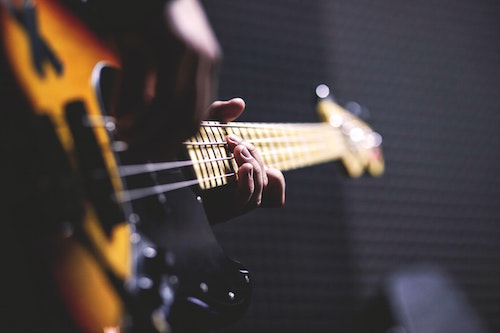
- Even if you’re recording an amp, always record a DI (Direct from your bass) at the same time.
- I can work with just the DI on it’s own if required.
- Always send me a DI.
- Don’t use old crappy strings.
- Make sure there is no ground hum or crackles from the guitar wiring.
- Keep fret buzz to a minimum (set your guitar up properly).
- Re-tune between every take.
- Record at a correct level (not too loud nor too quiet).
- Timing and groove are extremely important!
Real Drums
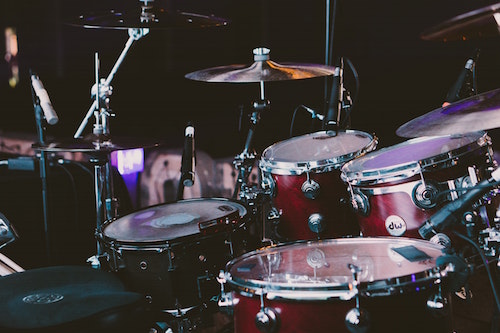
- Recording real drums properly can be tricky. So do some research before you record them.
- Typically you will need the correct microphones for kick in, kick out, snare top, snare bottom, hi-hat, two over heads, one for each tom tom, and one or two for the room tone.
- However, kits have been recorded with any number of mic’s including one, but that’s not recommended.
- At least you should have a kick, a snare and two overheads. Anything additional to this will be better, but I can manage without if I have to.
- Send all the recordings as separate audio files. I can phase align everything at my end if you haven’t already done it.
- Make sure there are no weird room tones that are being captured in the recording. If there are start making some kind of baffle.
- Change your heads if they’re knackered. Don’t cheap out.
Programmed Drums
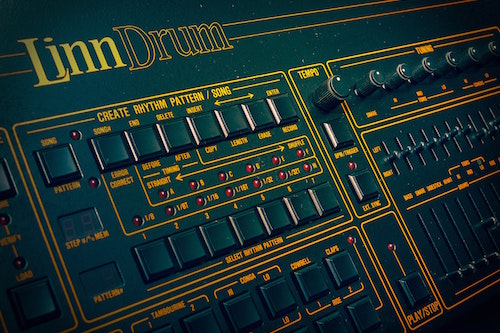
- Send everything as separate files for the best results.
- If you send all the drums as a stereo file, that will really restrict the possibilities of the mix.
- The kick is very important and is often layered. If you’ve layered it yourself and are happy with the sound, then send it layered. Otherwise, send the layers separately to give me more scope in the mix.
Other Instruments
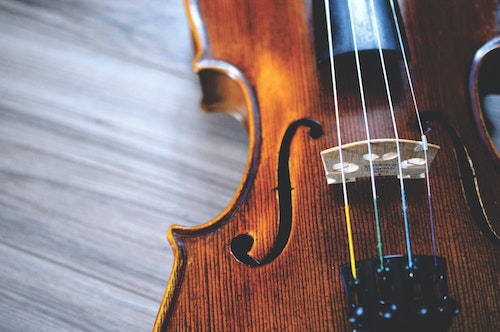
- Research how to record your particular instruments.
- Use the best mic’s and pre amps possible, borrow them if necessary.
- Be careful how much compression you use if any.
- Everything mentioned in the other instrument sections is applicable to recording any instrument.
Effects

- Effects can fall in to two categories. Added effects like swooshes and ambient sounds. And reverbs and delays
- Added effects can be sent as separate audio files for greater flexibility, or similar sounds can be combined to one stereo file to save on budget.
- Reverbs and delays only need to be included if they are a fundamental part of that particular instruments sound. Eg, the delay on the guitar from The Edge on U2 tracks is a fundamental part.